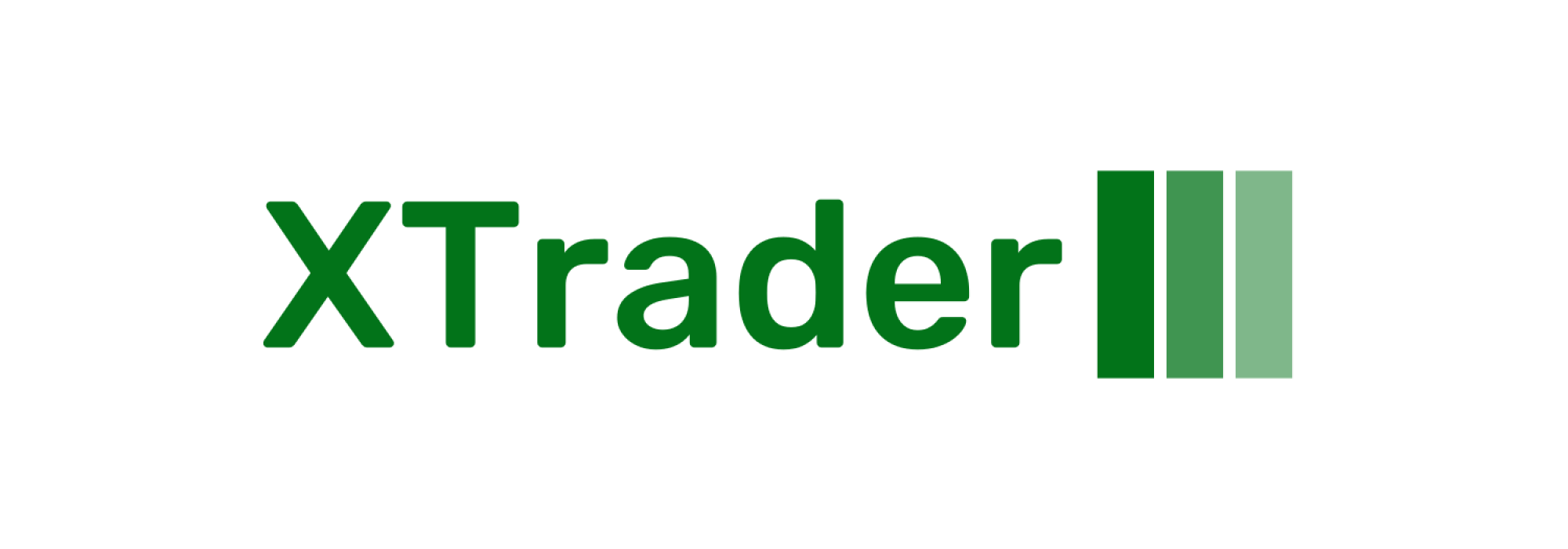In March, the capital markets experienced heightened volatility due to the Federal Reserve’s ongoing 13-month rate hike cycle, resulting in notable challenges for the banking system. This led to the closure of three regional banks, a forced takeover of Credit Suisse, government deposit backstops, and the establishment of a new special lending facility for banks.
Equities displayed a mixed performance, with regional banks bearing the brunt of selling pressure. The KRE Regional Bank ETF witnessed a significant decline of over 27% in less than three sessions, marking its worst 3-day selloff since its inception in 2006. Investor sentiment, as indicated by the daily relative strength index (RSI), reached a record “oversold” reading of 11.6. During this period, investors sought safety in precious metals, large-cap growth, and defensive sectors, while small caps from nearly all sectors experienced declines.
Despite extreme volatility in select equity groups, particularly banks, the VIX Index remained relatively calm, reaching its highest close at 26.52 in March, with only three daily closes above 25 before ending the month below 19.
The rates complex, especially the 2-5 year U.S. Treasury yields, witnessed significant volatility, experiencing the largest weekly decline since the 9/11 attacks. The MOVE Index, a measure of bond market volatility, reached its highest level since the peak of the Financial Crisis in Q4 2008. The 2s-30s U.S. Treasury yield curve traded below Fed Funds, and it marked one year since the 2s-10s U.S. Treasury spread first inverted.
In terms of benchmark performance, the Nasdaq-100 led with a total return of 9.5% in March, contributing to a Q1 gain of 20.8%. The S&P 500 and Dow Jones Industrials also recorded strong monthly gains of 3.7% and 2.1%, respectively, with the S&P 500 gaining 7.5% for the second consecutive quarter. However, small-cap indices, including the S&P Midcap 400 and Russell 2000, experienced declines.
Sector performance varied between large and small caps, with Technology and Communications leading among large-cap sectors. In small caps, only Utilities and Technology finished higher. The banking turmoil influenced the rates market, initially adopting a hawkish outlook before swiftly pricing in rate cuts.
The fall in rates was led by the U.S. 2-year yield, declining 122bps in under three sessions. Crude oil experienced a sharp decline but surged at month-end following OPEC+ announcements. Precious metals, including spot gold and silver, finished higher, with gold reaching levels above its 2011 highs.
Amid these developments, the U.S. Dollar Index (DXY) declined by 2.3% in March, marking its fifth decline in six months. Overall, the environment remains dynamic, with uncertainties in the rates market and geopolitical factors impacting various asset classes.
